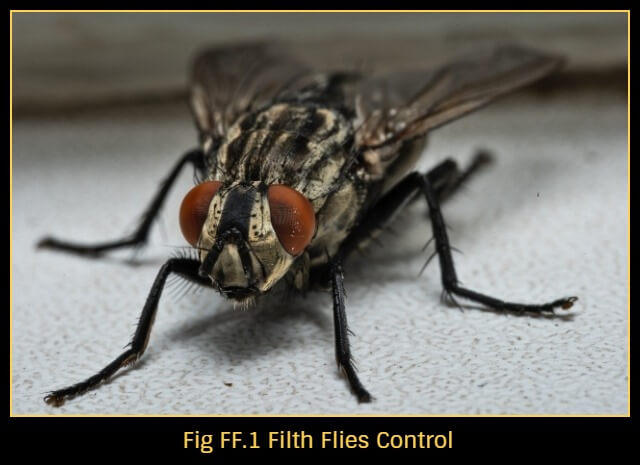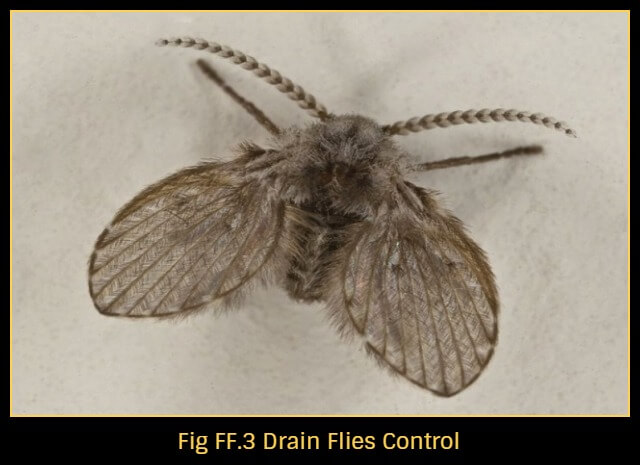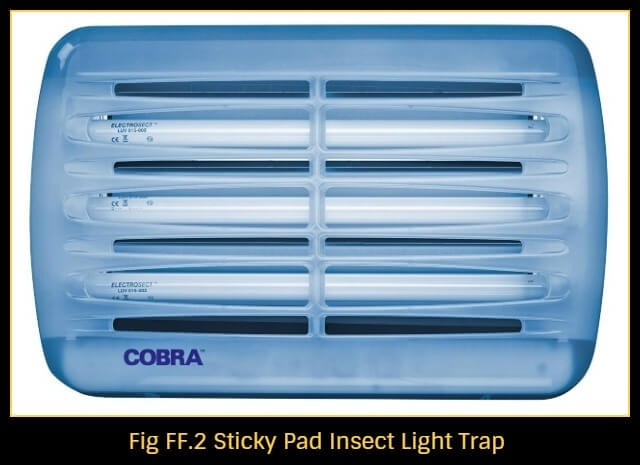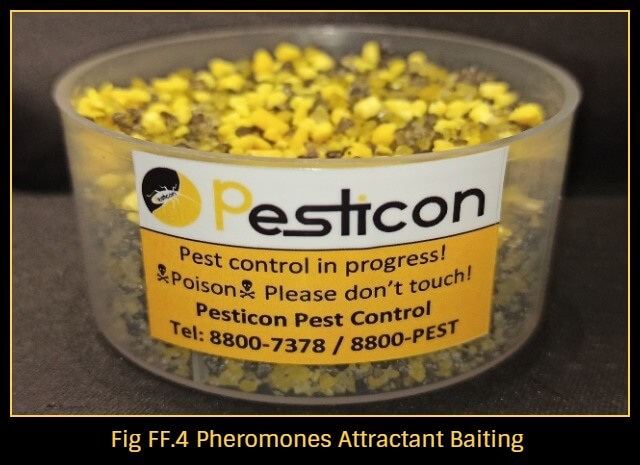Pest Control Singapore (The Insect Killer Fly Catcher)
How to get rid of flies through Pesticon’s pest control services?


Filth flies refer to a group of flies, that is synonymous with filth and are regularly seen visiting bin chutes, sewer sludge, compost bins and other areas with decaying organic matters. Housefly, Blue Bottle Fly, Flesh Fly, Drain Fly and Fruit Fly are commonly grouped as filth flies. Aside from their annoying buzzing and unpredictable flight patterns, what’s worse about them, is their revolting feeding manner. They use the very same feet that land and rest on faeces, to taste their food. Since flies can’t chew solid food, they feed by vomiting digestive enzymes, onto their food and then slurping them up altogether. It’s no wonder why flies are known vectors, namely for their transmission of numerous diseases. Homeowners usually control fly infestation by using fly catcher paper (aka flypaper), fly trap ribbon (aka fly tape) and UV light fly trap (aka flylight). Restaurant owners, markets and other commercial entities prefer to utilise, a more robust approach by deploying commercial fly trap. Regardless of their approach, results are usually less than ideal. Such mediocrities might have stemmed from, the failure to perform integrated pest management, breeding control and irregular replacement of expendables.


Pest control services Singapore (Fly Infestation)
Selecting a good pest control company, from your preferred list of pest control companies in Singapore, is definitely a good way to start your fly control program. For fly pest control to work, it’s never enough to rely totally on fly bait, electric fly swatter or sticky fly paper. Even if all adult flies are killed or trapped, there may still be some baby flies in house, growing in some corners without your knowledge. The insect exterminator from your pest control company, should be able to do a detailed check, and help you eliminate the flies breeding spots. The advantages of engaging a pest controller, are the benefits that you can reap from their years of experience. The acquired knowledge will then help you, in your own efforts in fly control down the road. In addition to that, you can also learn about where do flies come from, what attracts flies, where do flies live and finally how do I get rid of flies. Ultimately the partnership with a good pest control operator, adds immense value to your fly pest control initiative.
Treatment methods for getting rid of fly infestations in your home
Flies infestations are not just revolting but also hazardous, as they are responsible for the transmission of multiple diseases in humans. Therefore, it is important to get rid of flies as soon as possible. Most people try various kinds of DIY methods, but these are usually not very effective. The best thing to do is to consult a pest control sg company, that offers house fly pest control services. At Pesticon, we offer house fly extermination and house fly management solutions. We practice integrated pest management, along with chemical and mechanical control. Some of our common flies control methods are as follows:
ULV misting
ULV misting aka ultra-low volume cold fogging or indoor misting. This is an extremely effective method of getting rid of house flies and other flying insects in Singapore. This method involves the use of a ULV cold fogger, to atomize & dispense a pre-mixed solution, that kills flies and other common flying insects upon contact. Since this method requires the clients to vacate the treatment site, for approximately 3 hours. It’s considered more time-consuming and usually performed, only when the level of fly infestation is heavy, or when other methods of fly control fail.
Indoor fumigation (Total release fogger)
This method uses water activation to release insecticidal fumes into the air, killing the flies upon contact. These fumigators usually come in the form of a canister, and are ready to use without the need of any power source. Henceforth, they are regularly used for car fogging. When deployed, the effect is likened to throwing a smoke grenade, and because of that, these foggers are also known as bugs bomb.
Residual spraying
In this process, insecticides with long-lasting killing abilities, are applied to the perimeter of the premises. We target wall edges, garbage centres, drains, gully traps and other common harbourages of the flies. The main idea is to cover the scummy areas, where flies are likely to breed, land and dwell. This method is not known for its speed in killing, but rather its longevity in passive protection.
Fly attractant baiting
Also known as granular baiting. Pheromone and food-based insecticidal granules, will be placed on dishes and installed at areas where the flies are frequently seen. This simple yet highly effective method kills without much of a trace. The population of the flies will be decimated shortly after installation.
Glue board trapping or fly glue boards
Among all fly control methods, this must be one of those that gives the greatest visual satisfaction. It’s not uncommon for hundreds of flies, to be stuck to these sticky glue traps. Since the trapped flies don’t die immediately, lizards drawn by these struggling flies, soon get themselves trapped as well. In little time, these traps start to display a whole smorgasbord of pests. The dilemma in using them lies between cost-effectiveness and hygiene concerns. If you replace them too often, you waste money as they are usually rated for 1 month or more. If you don’t replace regularly, the sight and stench of dead flies and lizards, may be extremely unpleasant to some.
UV light fly trap
UV fly trap is most noted for fly prevention in restaurants. These traps attract flies and other flying insects, through a range of UV wavelengths, emitted from specially constructed light tubes. Behind these tubes, replaceable glue boards sit in position, trapping flies and other insects as they land. If you wish to know more, about the technology of the various brands that we carry, feel free to contact us. We carry a full range of fly light trap, UV light tube replacements and insect sticky pads.
Different species of flies in Singapore
Housefly
Musca Domestica – This group of flies are perhaps the most commonly encountered. These insects usually do not grow longer than 7mm. They are greyish black in colour and have four dark stripes running the length of their thorax. An identifying characteristic of a Housefly is its sharply angled fourth wing vein. The House Fly life cycle is relatively short. In Singapore’s tropical climate, it takes approximately 1 week for a Housefly egg to develop fully into an adult. Since a female Housefly can lay up to 150 eggs each time, theoretically there will be another 150 houseflies a week later. Frightening isn’t it?
Housefly FAQs
Where do house flies come from?
Typically, in Singapore’s environment, house flies are likely to have flown into your premises, from bin chutes and garbage disposal grounds nearby.
What attracts house flies?
Decaying organic matters top the list. They seek out fermenting and moist substrate to feed, as well as lay their eggs. Houseflies also exhibit positive phototropism and are commonly seen going towards a light source.
How to get rid of house flies infestation?
By practising integrated pest management, which includes removing their access to food and breeding grounds. If they have no reasons to stay, they will leave.
Blue Bottle Fly
Calliphora Vomitoria – These flies are common blowflies and are found almost all over the globe. They are highly attracted to rotting carcasses and strong-smelling plants, in which they are known to pollinate. There are many species of blow flies, out of which the Blue Bottle Fly and the Green Bottle Fly are regarded as the most common. Another species of the common blowflies is the Oriental Latrine Fly (Chrysomya Megacephala). The Oriental Latrine Fly is known to have developed a tolerance for salt, and as such, it regularly targets sun-dried salted fish as an egg-laying site. When compared to house flies, these flies are larger in size and are metallic blue or green in colour. Another interesting trait of the Blue Bottle Fly is its ability to communicate with one another. Through the dispersion and detection of pheromones, they improve each other’s food-finding efficiency. Because of their astonishing sense of smell, they are usually the first group of insects to arrive at any fresh carcass. Needless to say, their favourite haunts include markets, meat-processing plants and slaughterhouses.
Flesh Fly
Flesh flies refer to flies, that belong to the family group of Sarchophagidae. The largest species within this group is approximately 3 times the length of house flies. They look like amplified house flies and have patterned abdomen, that resembles a checkerboard. Their red eyes is also one of the key features of this group of flies. As opposed to other flies, flesh flies are ovoviviparous, and deposit hatched or hatching maggots onto open wounds, hence giving rise to their common name.
Drain Fly
The drain flies which belongs to the family group of Psychodidae, has many other aliases. They are regularly known as bathroom flies, sewer flies, sink flies, moth flies and filter flies. These flies are small in size and generally do not exceed 5mm in length. The appearance of this species of flies is like no other. They look more like miniature moths than flies. Their bodies and wings are covered with closely compacted short hairs, giving them a fuzzy and furry look. These flies are found mainly under sinks, in and around gully traps, drains, sewers or other areas with moist and rotting organic matters. Due to their preferred habitat, drain fly infestation is commonly spotted in the bathroom and shower areas. Homeowners usually try to get rid of these small black flies in bathroom, by using bleach and hot water. However, due to the dense hairs covering much of their bodies, they seemed impervious to all efforts in drain fly control. They are also the culprits when you see little black worms in shower. These drain worms are actually drain fly larvae. Apart from their annoying presence, the larvae of these pests are known to cause myiasis and are not nice to have around your household. Hence, if you wish to know how to get rid of drain flies or drain worms, give us a call at 8800-7378 (8800-PEST).
Fruit Fly
Drosophila species – Fruit flies are among the smallest common flies, that regularly visit human habitation. They seldom exceed 4mm in length and are drably coloured, except for their bright red eyes. They are so common and abundant, it’s unlikely not to encounter them. Although they are attracted to most decaying matters just like house flies do, they have a real penchant for rotting vegetables and fruits. Acetic acid is one of the components in fruits, vegetables and vinegar that attracts them, and unsurprisingly so, they are also known as vinegar flies. In this aspect and as compared to houseflies, you are more likely to find them in fruit stores than abattoirs. Hence, it’s no coincidence that they start showing up, when you bring home your bags of over ripen fruits. Fruit fly infestation usually starts with a source of attraction. They don’t just start turning up at any random site. However, once they settle in, fruit fly control becomes more complicated. Just by installing a fruit fly trap, it’s unlikely that you can get rid of the fruit flies. It takes the coordinated work of flies trapping, food source removal and the eradication of breeding sites, before you see real results. If you are having an uncontrollable fruit fly infestation, or if your plan to kill fruit flies, via fruit fly sticky trap, is not working as expected. Call us to find out how to get rid of fruit flies.
Phorid Fly
Phorid flies are flies from the family group of Phoridae. To the untrained eyes, these tiny humpbacked flies, closely resemble fruit flies in appearance. They are brownish in colour with black eyes and sports a heavily arched thorax. Apart from their unmistakable hump, another distinguishing feature is, their preference to run first before flying when disturbed. Despite their similarity in outlook, phorid flies have differing taste. They prefer decaying flesh to fruits. Therefore, they are frequently found in the coffin. With such pronounced features, it’s easy to understand why they have alternate names like humpback files, scuttle flies and coffin flies.
Sand Fly
Sandfly is a general name given to flying and biting insects, that are found in sandy areas. Here in Singapore, the Culicoides species is the main culprit. If you are an avid traveller to outdoor sandy areas, be it fishing or hiking, it’s only a matter of time that you will encounter them. If you are getting bitten at home on a regular basis, it could be because you are in close proximity, to sandy areas near to your place. In such cases, please consider installing anti mosquito insect screen for window screens and screen door. Usually, the bites from these insects look similar to those of mosquitoes. However, as compared to mosquitoes, the bites from sand flies are more painful and take much longer to heal.